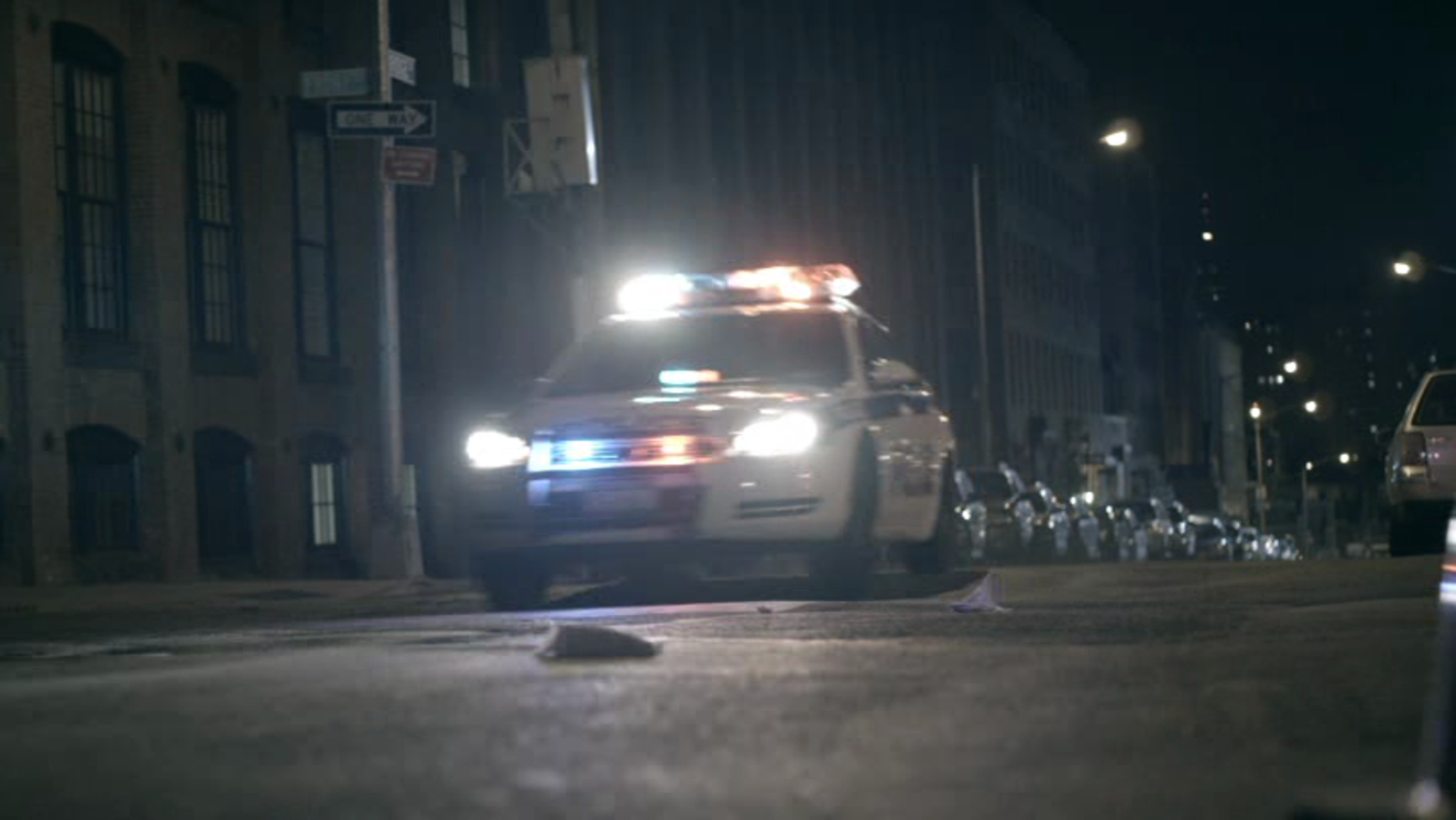A classical mechanics problem by akwesi barnes
A driver in a car moving with a velocity of 20m/s saw a crowd of demonstrators. when the car was 120m away from the crowd, the driver applied the brakes and the car decelerated at 2m/s.determine whether or not the car hit anyone in the crowd!if no then!, determine the distance from the demonstrators to where the car stopped

The answer is 20.
This section requires Javascript.
You are seeing this because something didn't load right. We suggest you, (a) try
refreshing the page, (b) enabling javascript if it is disabled on your browser and,
finally, (c)
loading the
non-javascript version of this page
. We're sorry about the hassle.
To determine whether the car has hit any person , we need to find the distance it travels after applying the brakes.
From the problem , we know that
u = 2 0 m / s
v = 0 m / s
a = − 2 m / s 2
From third equation of motion ,
v 2 − u 2 = 2 a s
Plugging in the values , we get s = 1 0 0 m , indicating that the car did not hit any person.
Therefore our required answer is the distance from the crowd the car stops. Answer = 1 2 0 − 1 0 0 m = 2 0 m .
Therefore the answer is 2 0 m .